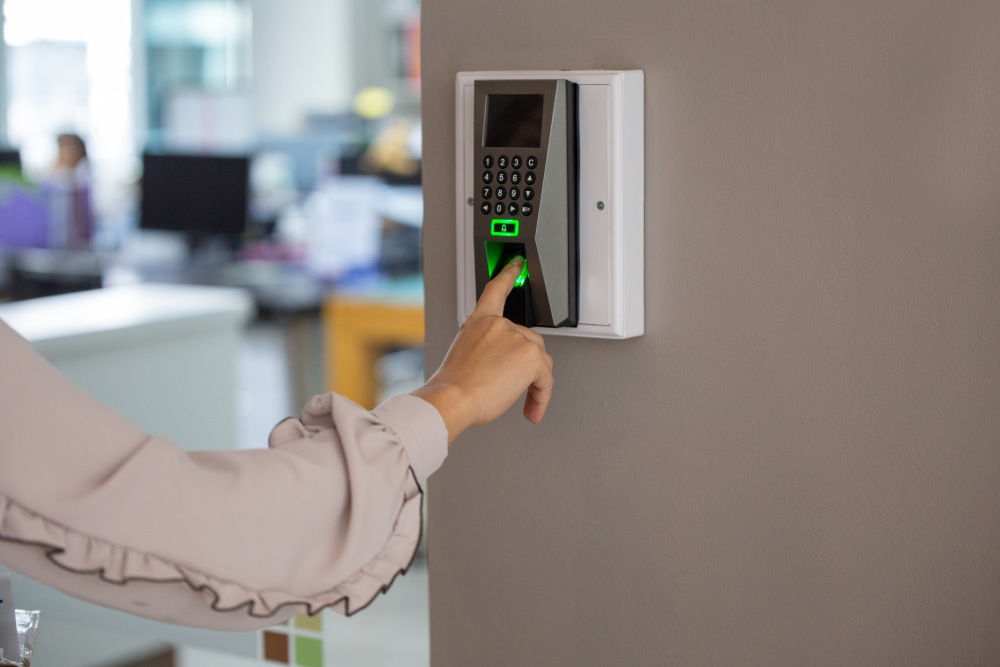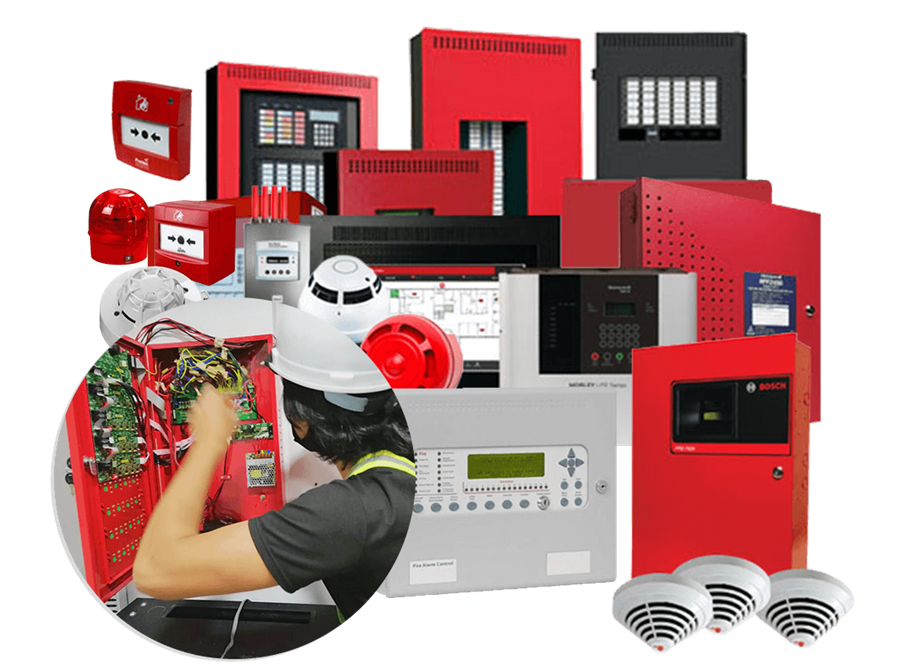Service : Home Automation
Home automation makes it possible to automate tasks related to security, well-being, and comfort through a smart system installed in a home or building. In other words, it integrates technology into the design of a space.
One of the main advantages of home automation systems is energy efficiency. Automating air conditioning, lighting, security, or communication translates to significant savings in energy consumption. There is also an improvement in the quality of life of users who now have a home adapted to all their needs.
Home automation is the smart management of all aspects related to security, well-being, and comfort of a home or building. Through a set of technologies, different systems are automated, controlled, administered, and optimized.
Difference between home automation and building automation
When talking about automation installations, a distinction is made depending on where it is set up.
While home automation systems are installed in shared or family homes, building automation is reserved for properties such as hotels, shopping malls, work buildings, or hospitals due to their size and specific needs.
Etymologically, the term domotics, a fancy name for home automation, comes from Latin and Greek. It is made up of the words “domus,” which means “home” in Latin, and “autonomy,” which means "self-governing" in Greek
Internet arrived to homes at the end of the 90s, taking the first step to bring home automation closer to reality. Some years later, smartphones appeared in 2007, which combined with the Internet of Things (IoT) make it possible to control functions of other devices from a cell phone. Currently, people use apps or virtual assistants based on artificial intelligence (AI) systems such as Siri, Google, and Alexa.
There are several automation systems and architectures to automate a home or building. According to the characteristics of the system, these can be:
- Wireless home automation systems: They work with radio frequency waves and are easy to install given that they don't require any work to install wiring.
- Wired home automation system: The signal is transmitted through dedicated cables, which guarantees that it's secure, efficient, and stable. The installation of cables may require some work.
According to the installation of the home automation system, the architecture may be:
- Centralized architecture: A central controller is installed that receives information and processes and sends it to each device. This solution is usually used in wired systems.
- Distributed architecture: The architecture isn’t centralized in one point, but it's distributed to all modules in the house that process information and execute commands. It's frequently used in wired and wireless systems.
- Mixed architecture: Small devices are installed throughout the house to process the information and transmit it to the rest of devices. This type of architecture is usually used in totally wireless systems.
- Energy management: Energy administration is one of the most important applications of home automation and is based on three pillars:
- Energy savings: It makes it possible to reduce energy consumption by avoiding waste. For example, by turning off light systems in rooms when no one is in them.
- Energy efficiency: This means energy consumption is used to the maximum extent possible. For example, reducing the temperature set on air conditioning systems based on knowledge of the thermal inertia of the building, in other words, of how the temperature evolves inside.
- Energy generation and storage: It encompasses all devices responsible for generating or storing energy, such as solar panels.
- Comfort: Home automation plays a very important role in people’s quality of life. For example, it makes it possible to automate repetitive and routine tasks in a home such as lowering and raising awnings and blinds. Furthermore, it adapts the space to the needs of the tenants, like when it comes to lighting or climate control.
- Security: It makes it possible to create a security network based on prevention and detection that protects people and their goods. For example, by controlling the status of doors, windows, or sensors in or outside the home.
- Communication: Home automation technology facilitates the connection of the home with a large number of media, making it a more interactive space. From a mobile app, you can access the different controls and execute actions remotely.
- Accessibility: Home automation guarantees universal accessibility in any environment. Through voice-actuated systems, actions can be carried out to meet the needs of the users of the home.
Having a smart home is quite easy. To do this, the user needs to have a home automation installation (wired or wireless) and Internet connection in the home. This will allow them to connect all appliances and devices in the home to the Wi-Fi network to send and receive information throughout the system.
All these devices communicate with the home automation system, where the control panel is. Users can configure the software options to meet their needs, although this already includes many pre-established tasks such as turning on or off home appliances, lighting devices, etc.

Architectural advantages
Greater control over resources
Increase in construction value
Comfort and security of tenants

Environmental advantages
Energy savings
Development of sustainable cities
Smart grids
Solar home automation to control the energy production depending on consumption needs

Technological advantages
Improves interaction between the home and tenant
Devices are connected and communicate with each other
Automated installation

Cost benefits
Savings on the final energy bill
Reduction in maintenance costs
Useful life of all electronic devices is extended
- Energy savings and efficiency: A home automation system makes it possible to design hourly programs to ration electrical loads of devices, disconnect plugs that aren't in use, etc. Furthermore, the system creates electricity consumption reports to optimize it.
- Simplicity and commodity: Process automation facilitates the tenants' daily routines. For example, the air conditioning, raising and lowering of awnings and blinds, and watering system can be programmed, so users don't have to worry about these tasks.
- Voice control: Tasks can be asked to be executed using the commands intended for this purpose or via a voice assistant. This makes it possible to send commands to any connected device, saying for example "turn off the lights in the living room" or "make a coffee."
- Prevention and reduction of damages: Home automation technology warns of any type of leak, whether it be gas or water, thus preventing domestic accidents. Furthermore, as it is part of the same network, it's possible to find out the status of home appliances to perform maintenance tasks and extend their useful life.
Smart hospitals and farms
Smart hospitals
Home automation technology improves patient stays and facilitates the work of health professionals. Thanks to building automation, the general conditions of a room can be monitored in real time (lighting, call bell, motion sensors, pressure sensors, curtains, and bed lamps). Additionally, professionals can control different aspects of the building from a monitoring system such as temperature, supplies, and monitoring of the patients.
Smart farms
The integration of home automation contributes to sustainably increasing productivity, balancing food safety needs, and managing ecosystems and landscapes more efficiently. For instance, surveillance camera systems and security equipment reduce risks of theft, fire, and floods, in addition to allowing certain tasks to be reviewed remotely. Process automation such as the control of supplies, lighting, or watering leads to energy savings and, in turn, a reduction in operation costs.
Smart materials and Manufacturer's Technology Laboratory
Smart materials
In California Electronics' three-dimensional smart structures project in collaboration with our Manufacturer, we have developed a new polypropylene-based material. It could be considered a recyclable smart plastic that's lighter than current polycarbonate solutions. It has various applications such as exterior car parts or home automation installations in which the smart material is used to manufacture devices and comprehensive solutions needed for the home installation.
Manufacturer's Technology Laboratory
The aim of California Electronics Sales and Services, our research, development, and innovation center, is to provide sustainable solutions to achieve a more efficient and competitive business with lower emissions. For example, in one of our latest projects we have specially developed an energy management system (EMS) for companies that operate with consumer assets, such as air conditioning, based on environmental data. The reason? To increase energy efficiency and reduce electricity bills.


















